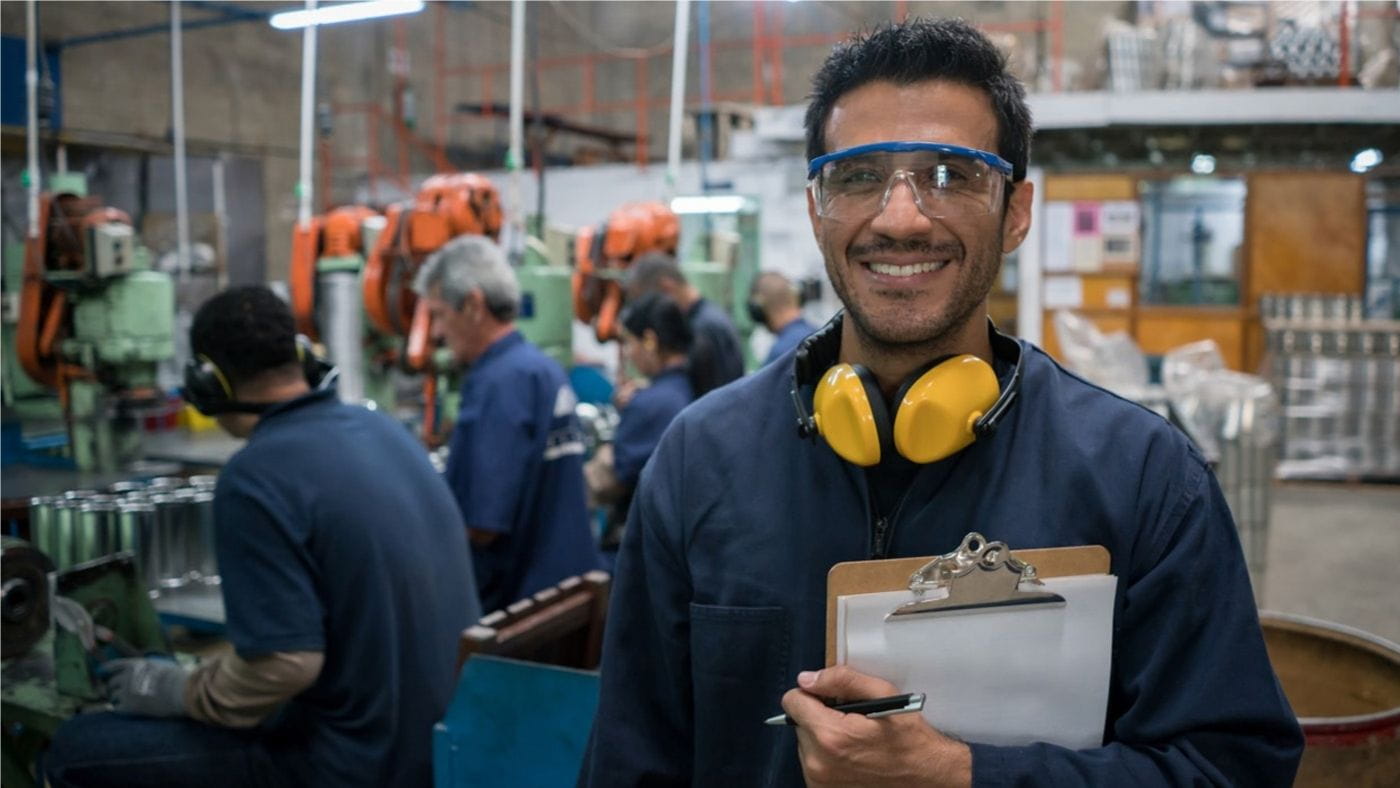icare finds wearable technologies can help safeguard workers
Employers should consider including wearable technologies in workplace health and safety interventions to help improve worker safety, according to an evaluation of a study by icare.

The study has found wearable technologies (wearables) are effective in identifying and/or reducing high-risk manual tasks in the workplace and help prevent musculoskeletal disorders (MSDs).
Work-related MSDs, often associated with manual handling and repetitive activities, continue to be one of the most common injuries among NSW workers.
The study ran from February 2020 to April 2021 and has concluded with an evaluation by Deloitte Access Economics. A key finding from this evaluation is that employers should consider adding wearables to their suite of workplace health and safety interventions to help improve safety.
“Using the aggregated data collected by the wearables, the employers from this study were able to proactively engage with their workers to identify and understand the contributing risk factors and then develop interventions to address them.”
This study piloted a range of wearables, including sensor-based and non-powered assistive technologies, in real-world work settings and measured their acceptance by workers as well as the impact in supporting organisations' continuous improvements in the reduction of work-related MSDs.
Some of these wearables measured back and upper limb movements and provided live feedback to the workers if they went into 'unsafe' working postures.
Six organisations across the manufacturing, retail trade, wholesale, construction and health and community services industries participated in icare's study, where pilots were run across 28 sites, involving a total of 355 workers.
The evaluation also found almost three in four workers who were involved in the study agreed they were more aware of potential MSD-related risks and issues at work when using wearables in their day-to-day work activities. More importantly, the wearables were able to assist some participating organisations with identifying and implementing higher-level risk controls to eliminate/reduce physical risk factors that can lead to increased risk of causing work-related MSDs.
An example of this arose when a participating organisation used the wearables data collected from 50 workers to risk assess the tasks contributing to the top three highest-load movements/tasks in their workplace.
The data helped the management team identify the need to design a prototype adjustable-height trolley as a risk control. In conjunction with worker consultations, the wearable was then used to track the impact of the prototype trolley which confirmed a reduction of load placed on the workers when performing these tasks.
Access the full evaluation report and find out more about successfully implementing wearables in the workplace.
This wearable technology study was funded by icare as part of its commitment to invest in innovations that enable positive, healthy workplace cultures and systems that support reduction in physical and psychological injury.
The wearable technology journey so far
The idea to invest in wearable technology started in 2018, with project design commencing early 2019. Since then, the project implementation started in 2020 and concluding this year.
For more information on the progression of the project, check out previous news articles below:
Contact
Yeong Lee, Prevention Program Manager Yeong.lee@icare.nsw.gov.au.

